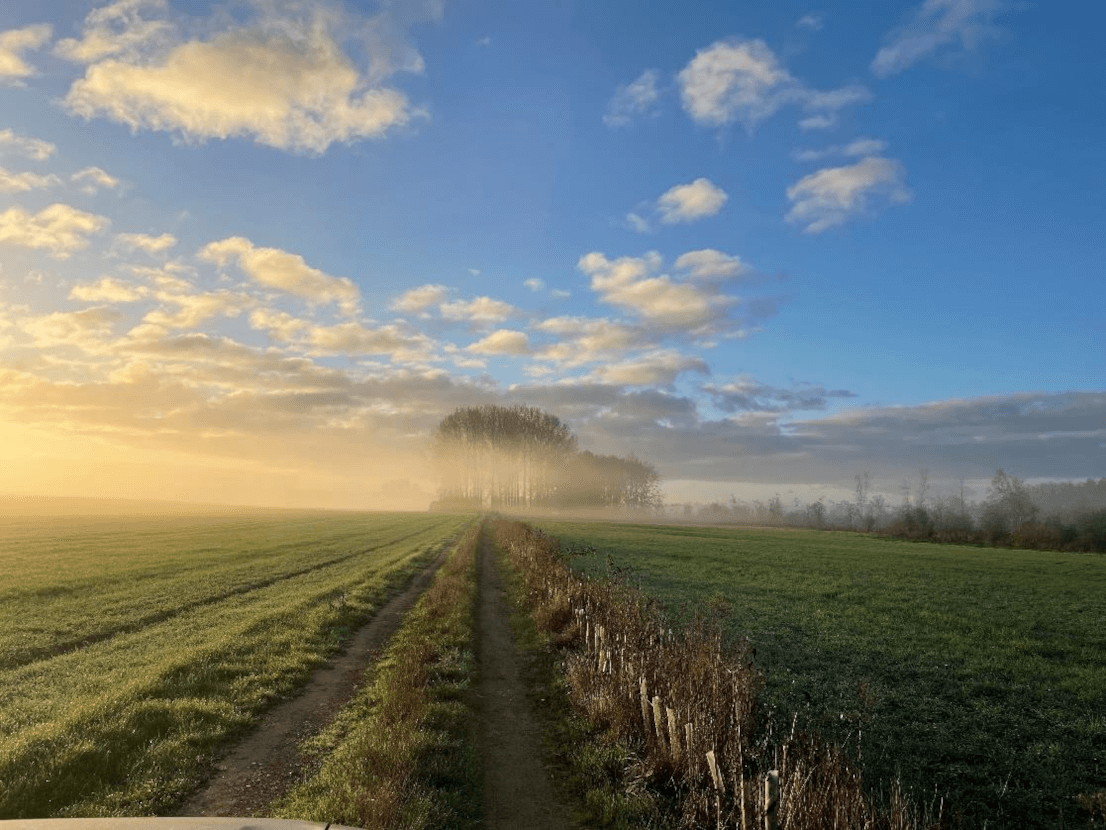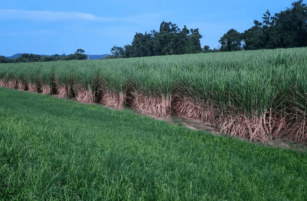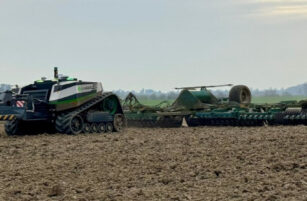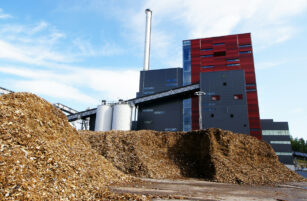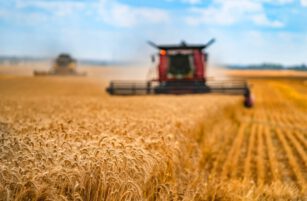Insight Focus
This autumn, the farm has seen dry weather and mild temperatures. Crop progress is steady, with rye and wheat planted, and consistent soil moisture. However, concerns include declining oilseed rape acreage, low sugar content in beet and insufficient government support for farming.
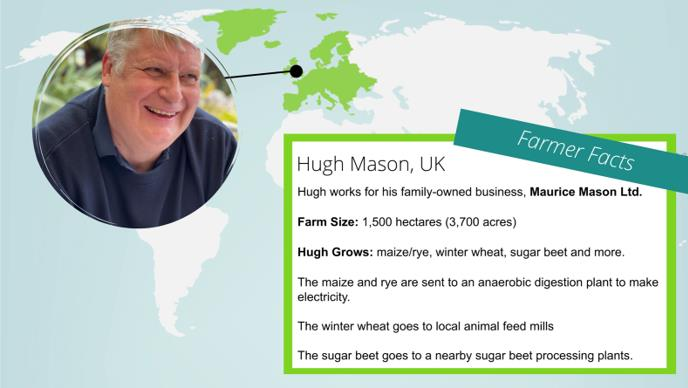
What’s Happening on the Farm?
I think we have been fortunate this autumn, especially compared to others elsewhere in England and beyond. We have had a tolerably dry time with rainfall below average since August 1, and the higher-than-normal temperatures I mentioned last month have stayed with us.
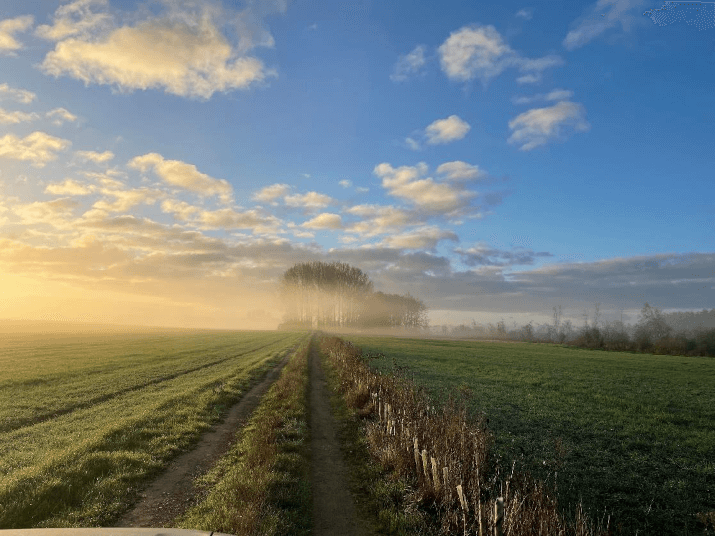
As we head towards the shortest day, activity really declines. However, despite promising myself I would never be a Luddite, the company has purchased a drone to inspect crops with. A friend of mine assured me that it’s easy. My only comment on that remark is that he is a generation younger. Never mind—along with the two animals closest to me, I advanced out to inspect our fields. At least the Norfolk Police haven’t shot the drone out of the sky.
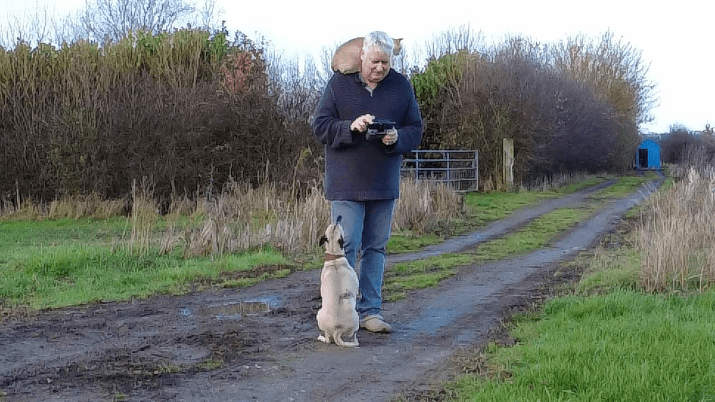
We have our annual Red Tractor inspection this week, but with so many inspections from various organisations, it’s hardly worth mentioning. I once failed an inspection because the farm cat appeared halfway through. Apparently, cats are a “non-approved method of mouse control” because they don’t wear appropriate footwear.
What Stage are the Crops at?
Wheat/Rye/Spring Barley
It is with some relief that I report we are as planted up as we can be, for both rye and wheat. The early-drilled crops are looking well tillered, and the later ones are well established. Seed rates gradually increased as time went on.
The strange thing this autumn is that our soils are as moist as they were at this time last year, even though, at this point, we had already experienced 65 days of continuous rain. This implies that evaporation has been lower than normal. It may also indicate that root development isn’t as strong as we might expect, which could catch us by surprise next spring if the soils dry out. I’ve already been to a meeting that is suggesting varieties for the 2026 harvest.
Autumn pre- and post-emergence herbicides have been applied to both planted crops and stubbles, where we’ve had a furious germination of black grass. This weed can cause significant harm through lost yield.
OSR
From the chat, it seems there is less OSR being grown in England this year compared to last, indicating that the area decline continues. Our one field continues to look well, as do others that were drilled later than ours. It is being argued that the cabbage stem flea beetle attack is down this year, perhaps because the wet July suppressed them when they were migrating.
Sugar Beet
At this time of year, I’m reminded that I really don’t like sugar beet—it’s dark, and there’s smelly mud everywhere. The factory is currently showing a complete lack of enthusiasm for taking beet, which doesn’t help.
Sugar content is slightly below “normal,” around 17%. This is likely because much of it has been lifted and clamped so the following crop can be planted. My processor often forgets that we still have to do things after the beet has been taken away. We’ve followed this pattern, and we’ll likely have lost sugar while the beets were in the clamp.
Sunlight levels suggest that sugar should be near “normal,” as we’ve surprisingly had near-average levels.
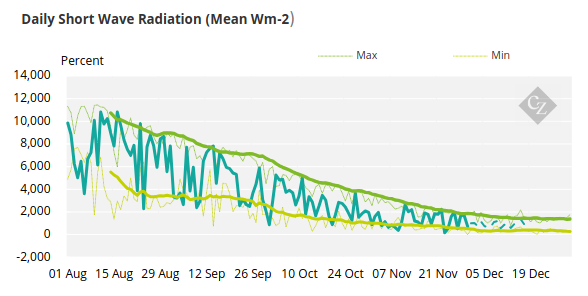
What are your Biggest Concerns?
I have to say I’m impressed with our new government and its ability to attack English farming at every level.
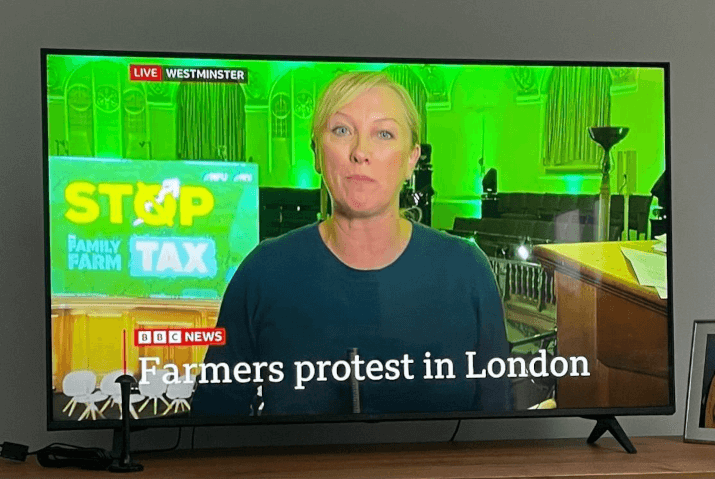
This time last year, I was concerned about government support, with its “Sustainable Farming Initiative” being the new way of funding. Unfortunately, I was right to worry, as it has not been sustained, it doesn’t support farming, and there’s no real initiative. Best buy wheat now, because there soon won’t be any in England, as the sun sets.
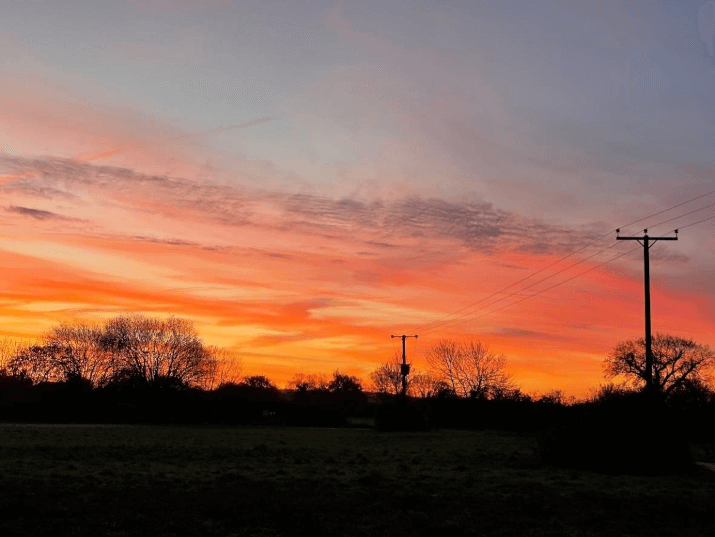
An early New Year’s resolution: I will find something new to worry about this coming year. And on that cheerful note, if you have Christmas off, Happy Christmas! If you don’t, have a lovely day.

